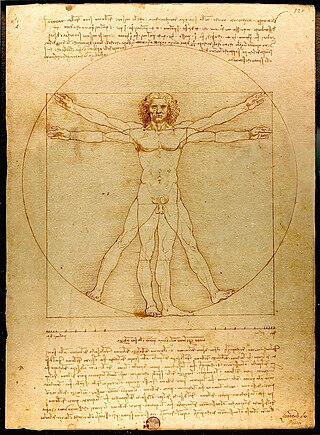
Drawing is a visual art that uses an instrument to mark paper or another two-dimensional surface. The instruments used to make a drawing are pencils, crayons, pens with inks, brushes with paints, or combinations of these, and in more modern times, computer styluses with graphics tablets or gamepads in VR drawing software.

A pencil is a writing or drawing implement with a solid pigment core in a protective casing that reduces the risk of core breakage and keeps it from marking the user's hand.

George Vertue was an English engraver and antiquary, whose notebooks on British art of the first half of the 18th century are a valuable source for the period.

Music engraving is the art of drawing music notation at high quality for the purpose of mechanical reproduction. The term music copying is almost equivalent—though music engraving implies a higher degree of skill and quality, usually for publication. The name of the process originates in plate engraving, a widely used technique dating from the late sixteenth century. The term engraving is now used to refer to any high-quality method of drawing music notation, particularly on a computer or by hand.

A portrait miniature is a miniature portrait painting from Renaissance art , usually executed in gouache, watercolor, or enamel. Portrait miniatures developed out of the techniques of the miniatures in illuminated manuscripts, and were popular among 16th-century elites, mainly in England and France, and spread across the rest of Europe from the middle of the 18th century, remaining highly popular until the development of daguerreotypes and photography in the mid-19th century. They were usually intimate gifts given within the family, or by hopeful males in courtship, but some rulers, such as James I of England, gave large numbers as diplomatic or political gifts. They were especially likely to be painted when a family member was going to be absent for significant periods, whether a husband or son going to war or emigrating, or a daughter getting married.

A figure drawing is a drawing of the human form in any of its various shapes and postures, using any of the drawing media. The term can also refer to the act of producing such a drawing. The degree of representation may range from highly detailed, anatomically correct renderings to loose and expressive sketches. A life drawing is a drawing of the human figure, traditionally nude, from observation of a live model. Creating life drawings, or life studies, in a life class, has been a large element in the traditional training of artists in the Western world since the Renaissance.
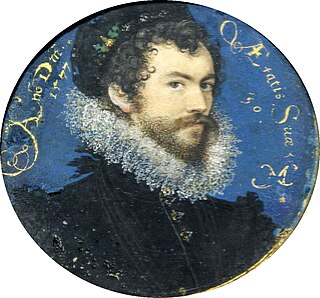
Nicholas Hilliard was an English goldsmith and limner best known for his portrait miniatures of members of the courts of Elizabeth I and James I of England. He mostly painted small oval miniatures, but also some larger cabinet miniatures, up to about 10 inches tall, and at least two famous half-length panel portraits of Elizabeth. He enjoyed continuing success as an artist, and continuing financial troubles, for forty-five years. His paintings still exemplify the visual image of Elizabethan England, very different from that of most of Europe in the late sixteenth century. Technically he was very conservative by European standards, but his paintings are superbly executed and have a freshness and charm that has ensured his continuing reputation as "the central artistic figure of the Elizabethan age, the only English painter whose work reflects, in its delicate microcosm, the world of Shakespeare's earlier plays."

Stephen Alonzo Schoff was an American engraver and etcher in New York and Boston.
William Austin was an English artist, drawing-master, engraver and caricaturist. A rival of Matthew Darly, he used a distinctive grainy, woodblock-like style.

David Loggan (1634–1692) was an English baroque engraver, draughtsman, and painter.

John Romney was an English artist in printmaking and watercolour who lived and worked in London and Chester. Much of his work consisted of reproductions of the work of other artists, but he produced some original prints, paintings and drawings. Like the great majority of contemporary printmakers he worked in both engraving and etching, often on the same plate, and descriptions of his prints as being in one or the other technique should be taken loosely. His best known original prints are series of views of the Chester area and his part of one on the antiquities in the British Museum. He was apparently not related to the famous portraitist George Romney (1734–1802).
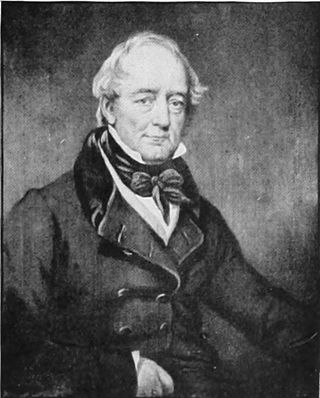
Charles Turner was an English mezzotint engraver and draughtsman who specialized in portraiture. He collaborated with J. M. W. Turner on the early plates of the same's Liber Studiorum.

Johannes Wierix was a Flemish engraver, draughtsman and publisher. He was a very accomplished engraver who made prints after his own designs as well as designs by local and foreign artists. He further made engravings on silver and ivory.
Johan Faber, anglicized as John Faber, commonly referred to as John Faber the Elder, was a Dutch miniaturist and portrait engraver active in London, where he set up a shop for producing and marketing his own work. His son John Faber the Younger was also active in this field.
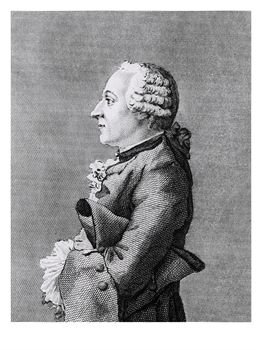
John Swaine, was an English draughtsman and engraver.
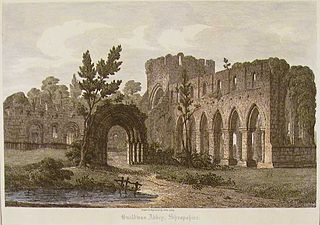
John Coney (1786–1833) was an English architectural draughtsman and engraver.

Robert White was an English draughtsman and engraver. A Londoner, he was a pupil of David Loggan, and became a leading portrait engraver. White was celebrated for his original portraits, drawn in pencil on vellum in the manner of Loggan. He died in reduced circumstances in Bloomsbury Market, where he had long resided, in November 1703.
George White was an English mezzotint engraver.

Christian Richter (1678–1732) was a Swedish miniature-painter and copyist, active mainly in England.

Thomas Forster was an English portrait draughtsman and miniaturist.

















